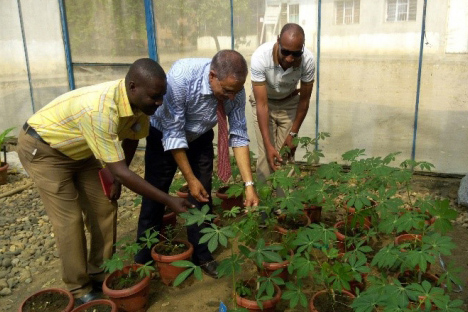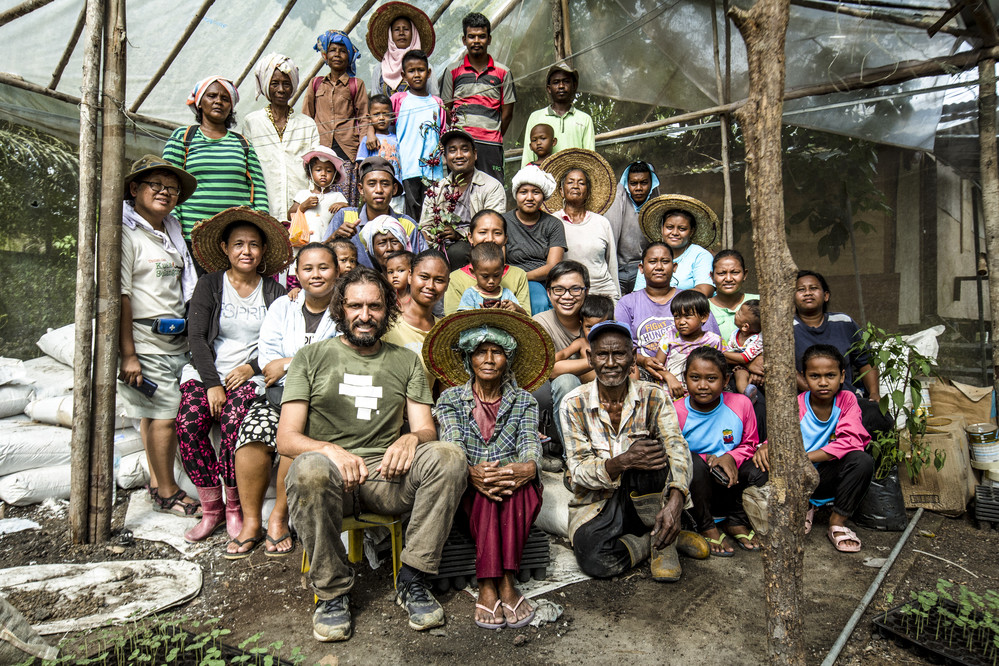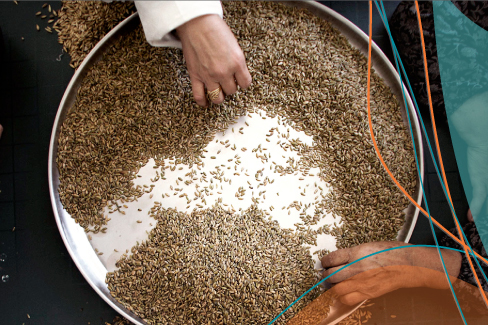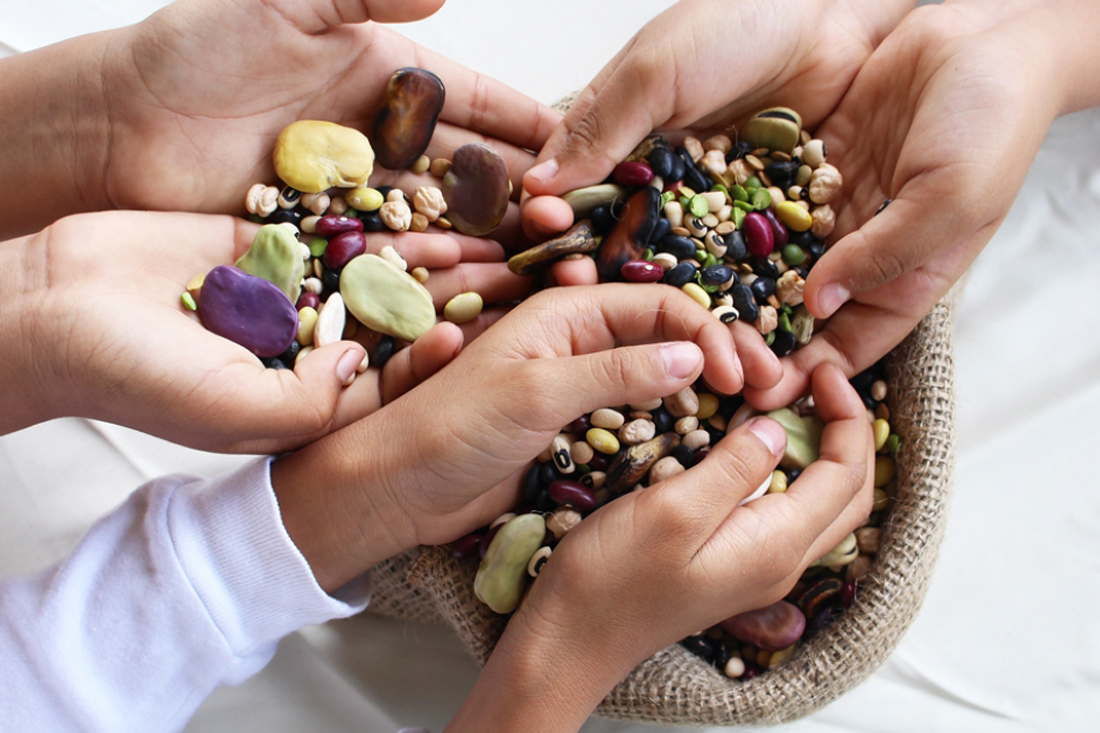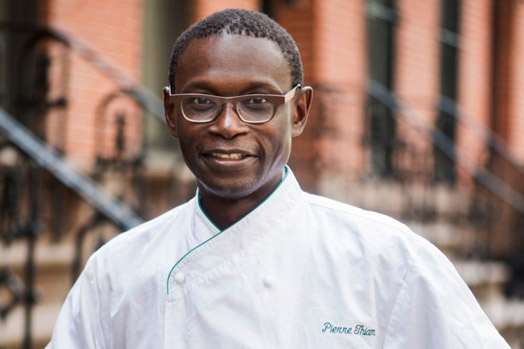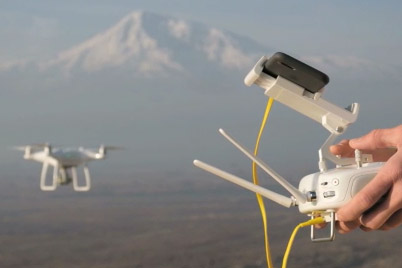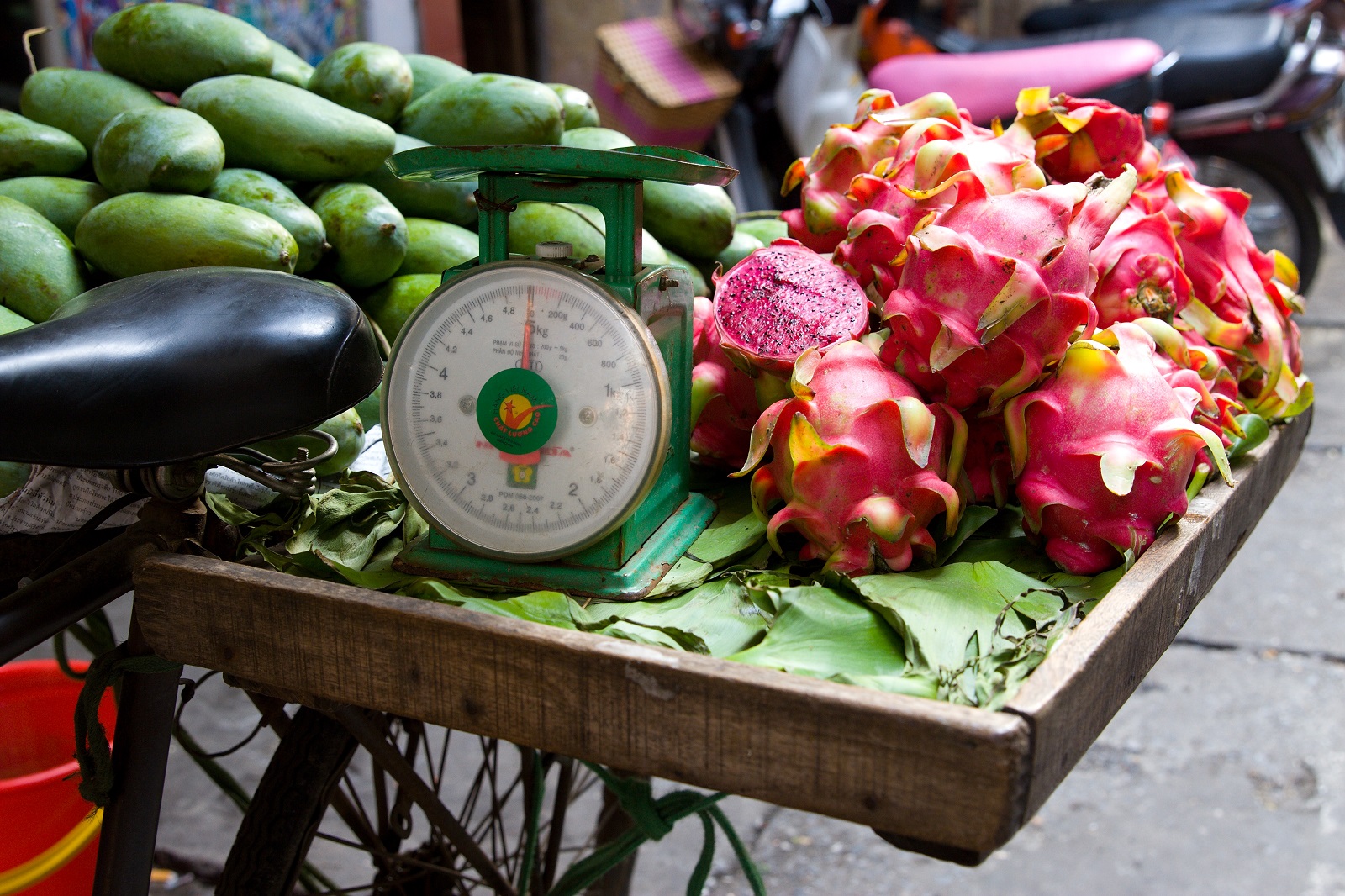East Africa is a region beset by climate- and conflict-related shocks. Millions of people are already acutely food insecure. Now they face another major hunger threat in the form of desert locusts. The locust upsurge affecting East Africa is a graphic and shocking reminder of this region's vulnerability. This is a scourge of biblical proportions. Yet as ancient as this scourge is, its scale today is unprecedented in modern times. On 20 January, FAO called for $76 million to help combat this pest crisis. But the resources to control the outbreak have been too slow in coming. Since its first appeal to help what was then three affected countries, the locust swarms have moved rapidly across vast distances and the full extent of their massive scale has become clear.
Agriculture and Food
When Burundian cassava farmers split open the plant’s starchy root, they’re hoping to find white flesh that resembles coconut meat. If instead the inside is marked with brown patches, it’s likely suffering from cassava brown streak disease (CBSD) — bad news for the farmer, who can no longer eat or sell the produce, and whose entire harvest may be at risk of loss due to the disease. Cassava, a carbohydrate-rich root vegetable, is the second most important staple crop in Burundi. Low cassava yields can exacerbate the country’s food insecurity, from which half of the population already suffers. IAEA experts trained Burundian scientists in plant breeding techniques, using induced mutation and tissue culture techniques to develop a new cassava variety.
Cacao – the key ingredient in chocolate, and a major cash crop – is making a comeback in Sao Tome and Principe, thanks to IFAD’s assistance, tripling Sao Tome and Principe’s exports in comparison to just 12 years before.
Small family farms make up 85 per cent of all farms worldwide, and smallholder farmers make up the majority of the world’s rural poor. To mitigate the challenges that come with working in isolation − and to increase profitability and productivity − these smallholders often form organizations. Working together makes it easier for small-scale farmers to access raw materials, reach larger markets and reduce costs. And when farmers thrive, other players in the food system benefit, too.
This platform provides access to a database of FAO and non-FAO resources related to urban food policies and programmes in: governance and planning, sustainable diets and nutrition, social and economic equity, food production and ecosystem management, food supply and distribution, food loss and waste.
Today we stand at a critical juncture – historic progress in reducing hunger has stalled, poverty remains stubbornly entrenched in some areas, and inequality is rising, while climate change is an existential threat to our food systems. IFAD invests in the millions of rural people, who are most at risk of being left behind: poor small-scale producers, women, young people, indigenous peoples and other vulnerable groups living in rural areas. During the period of its 12th Replenishment (2022-2024), IFAD is seeking to dramatically increase its impact to accelerate progress towards achieving the 2030 Agenda.
How blockchain has transformed the lives of Ecuadorean cocoa farmers
While women do half the work in agriculture, they don’t get a fair share of the assets, resources or services that farmers need to make a living. As part of IFAD's holistic approach to managing agricultural risks, insurance is a valuable tool.
They have a long shelf life, they are gluten-free, low in fat and sodium and a good source of iron, potassium, and fiber. Pulses’ benefits are multiple. But they are more than just nutritious seeds. FAO highlights that legumes contribute to sustainable food systems and a Zero Hunger world, since they improve soil fertility, their water footprint is small and they are affordable. This World Pulses Day, 10 February, is another opportunity to heighten public awareness of pulses and their role in sustainable agriculture and achieving the 2030 Agenda.
1) Locusts are the oldest migratory pest in the world. 2) Desert Locust is the most devastating of all locust species. 3) They form swarms that can fly up to 150 km a day. 4) They eat their own weight in food daily.
Since 2011, the Syrian conflict has hit hard the families in the country, as well as its agriculture. Many families lost their husbands, fathers or other breadwinners, leaving women solely responsible for earning money and taking care of their families. FAO teamed up with Slow Food International to offer Syrian women opportunities to gain the skills and confidence they need to boost their production, but also importantly, to help them identify markets. As part of this initiative, seven Syrian women, as well as a number of female technicians, travelled to the Piedmont and Liguria regions of Italy to learn from farming communities that produce and promote local, organic and artisanal foods.
"As a chef, I believe that we have a responsibility and we should take concrete actions to tackle climate change. Farming communities are threatened and we need to support them by sourcing our food consciously." Born in Senegal and based in New York, Pierre Thiam's style of cooking has remained true to his roots. Recipes for Change is a series of recipes from developing countries, which look at the threats communities face through climatic change that affect some of the essential ingredients used in their main meal of the day.
The ubiquity, portability and mobility of digital technologies are transforming agriculture and food production. FAO harnesses the power of digital technologies to pilot, accelerate and scale innovative ideas with high potential for impact in food and agriculture.
Whatever your New Year’s Resolution, a healthy and balanced diet will provide many benefits into 2019 and beyond. Here are some food tips for helping us lead healthier, longer lives.



